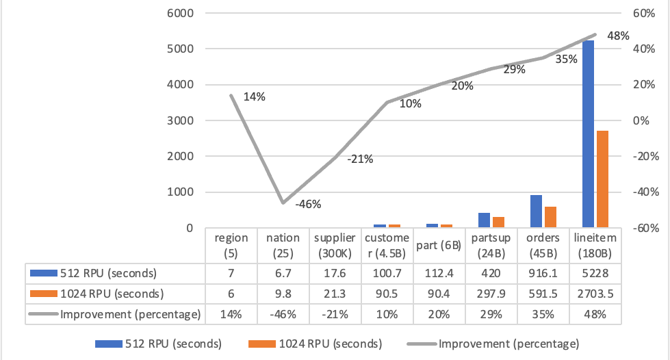Amazon
1M
132

Image Credit: Amazon
Amazon Redshift Serverless adds higher base capacity of up to 1024 RPUs
- Amazon Redshift Serverless is a pay-per-use serverless data warehousing service that eliminates the need for manual cluster provisioning and management.
- The key innovation of Redshift Serverless is its ability to automatically scale compute up or down based on your workload demands, maintaining optimal performance and cost-efficiency without manual intervention.
- Redshift Serverless now has a default 128 RPUs, capable of analyzing petabytes of data and can be scaled up to 10 times the base capacity.
- In this post, we explore the new higher base capacity of 1024 RPUs in Redshift Serverless, which doubles the previous maximum of 512 RPUs.
- The need for 1024 RPUs is driven by the increasing integration of data warehouses with data lakes and other distributed data sources, that add to the overall computational burden.
- The 1024 RPU configuration delivers the necessary performance to meet demanding service level agreements (SLAs) and provide timely data availability for downstream business intelligence and decision-making processes.
- The 1024 RPU configuration can significantly improve query completion times, queries performing faster, resulting in faster connections ending.
- Redshift Serverless offers a price-performance target that balances performance and cost to meet your organization’s unique data warehousing needs.
- Organizations should evaluate their current data warehousing needs and consider running a proof of concept with the 1024 RPU configuration.
- If appropriately applied, Redshift Serverless could unlock new levels of performance and cost-efficiency in data warehousing operations for businesses.
Read Full Article
7 Likes
For uninterrupted reading, download the app